Lab Grown Diamonds vs Cubic Zirconia: What's the Difference?
Diamond alternatives are becoming increasingly popular with customers, with lab grown engagement rings becoming an increasingly popular choice. However, it is difficult to keep up with each type and fully understand the differences between each one. Two of those options are lab grown diamonds and cubic zirconia.
To untrained eyes, comparing lab grown diamonds vs cubic zirconia isn’t easy. You may ask yourself ‘what is cubric zirconia and how does it differ from lab grown diamonds?’ Despite appearances being similar, there are several major differences between the two stones. If you’re shopping for a diamond or a piece of jewellery, but want to avoid buying a mined diamond, it’s important that you can tell lab diamonds and cubic zirconia apart. In terms of setting your expectations and preparing your budget, it’s imperative.
To make your diamond engagement ring buying easier, this blog looks at the differences between lab grown diamonds and cubic zirconia.
What is Cubic Zirconia?
Cubic zirconia is a form of zirconium dioxide made synthetically and is typically colourless and mostly flawless. Because cubic zirconia physically resembles a diamond, it is often used as a pretend diamond. It’s used in various products, including dental implants, the crystalline version uses the same diamond stimulant that is commonly referred to as CZ.
What are Lab Grown Diamonds?
Lab grown diamonds, also known as man made diamonds, are synthetic stones created in a diamond lab. They can also be called cultivated diamonds, created diamonds and cultured diamonds. While some may refer to them as “fake” diamonds, this isn't the case. All lab grown diamonds share the same chemical composition and physical properties as natural diamonds.
What is the Difference Between Cubic Zirconia & Lab Grown Diamonds?
Cubic zirconia and lab created diamonds differ in their chemical and physical composition. Here’s how you can tell both diamonds apart:
Durability
Man-made diamonds are substantially more durable than cubic zirconia. This is down to the difference in hardness between both stones. Synthetic diamonds are placed at 10 on the Mohs scale of hardness, while cubic zirconia has a rating of 8.5. This makes cubic zirconia much easier to scratch and is much less durable than a man made diamond.
Facets and Cut
Since cubic zirconia is a soft material, when it is cut and polished, the two diamonds differ in how sharp their edges are.
Synthetic diamonds, in much the same way as natural diamonds, have very sharp edges. A faceted cubic zirconia stone features more rounded edges and becomes even rounder as the material wears out.
Dispersion
Another discrepancy between cubic zirconia and man-made diamonds is in its level of dispersion. This process is when the diamond breaks down light into a rainbow of colours, also known as “fire”.
Cubic zirconia has a higher dispersion, meaning when it is exposed to light, the stone exhibits flashes more colourful than those in lab grown diamonds.
Weight
Cubic zirconia is a heavier material than natural or synthetic diamonds. You can tell stones apart simply by comparing the weight of each, noting that cubic zirconia is much heavier.
Price
Lab grown diamonds have the same properties as mined diamonds, making them much more expensive than cubic zirconia but slightly cheaper than naturally occurring diamonds. This makes cubic zirconia a great option for those on a really tight budget.
Cubic zirconia costs a fraction of the price of a lab diamond made with a similar colour, clarity and size.
Colour and Clarity
Although cubic zirconia is much clearer and more colourless than natural diamonds, man-made diamonds are more likely to have colour and clarity that are just as good as mined stones.
While lab-created diamonds feature yellowish tints and feature natural-looking flaws, the method used to produce the stones ensures the defects are often minimised. We can say the same for the creation of cubic zirconia.
For that reason, the colour and clarity of the stone shouldn’t be the main way of telling man-made diamonds from cubic zirconia variations.
Heat and Electric Conductivity
Diamond testers measure the conductive properties of materials, which can easily spot the difference between man-made diamonds and cubic zirconia.
This tool is great for also identifying if you have a diamond or something else entirely. They will identify if a stone is cubic zirconia, because of its different properties to diamonds.
Why Choose Cubic Zirconia?
If you want to pledge your love to someone, but your financial situation isn’t where you want it to be, a cubic zirconia ring is an ideal placeholder for a diamond ring. When your situation improves, you can upgrade your diamond.
Why Choose Lab Grown Diamonds?
Lab grown diamonds represent a more affordable option for couples seeking an engagement ring, wedding ring or eternity ring. Not only are they slightly cheaper than natural diamonds, while retaining the same quality, they are also a more sustainable option. Mining diamonds can cause tremendous damage to the planet and far less emissions are created during the making of lab grown diamonds. This will give your partner great peace of mind for years to come.
Whether you’re looking to buy synthetic or natural diamond jewellery, our expert team is happy to help. Book an appointment today to visit one of our stores or an online chat to help you create a bespoke jewellery piece just for you. Alternatively, you can now start to design your own diamond engagement ring online.



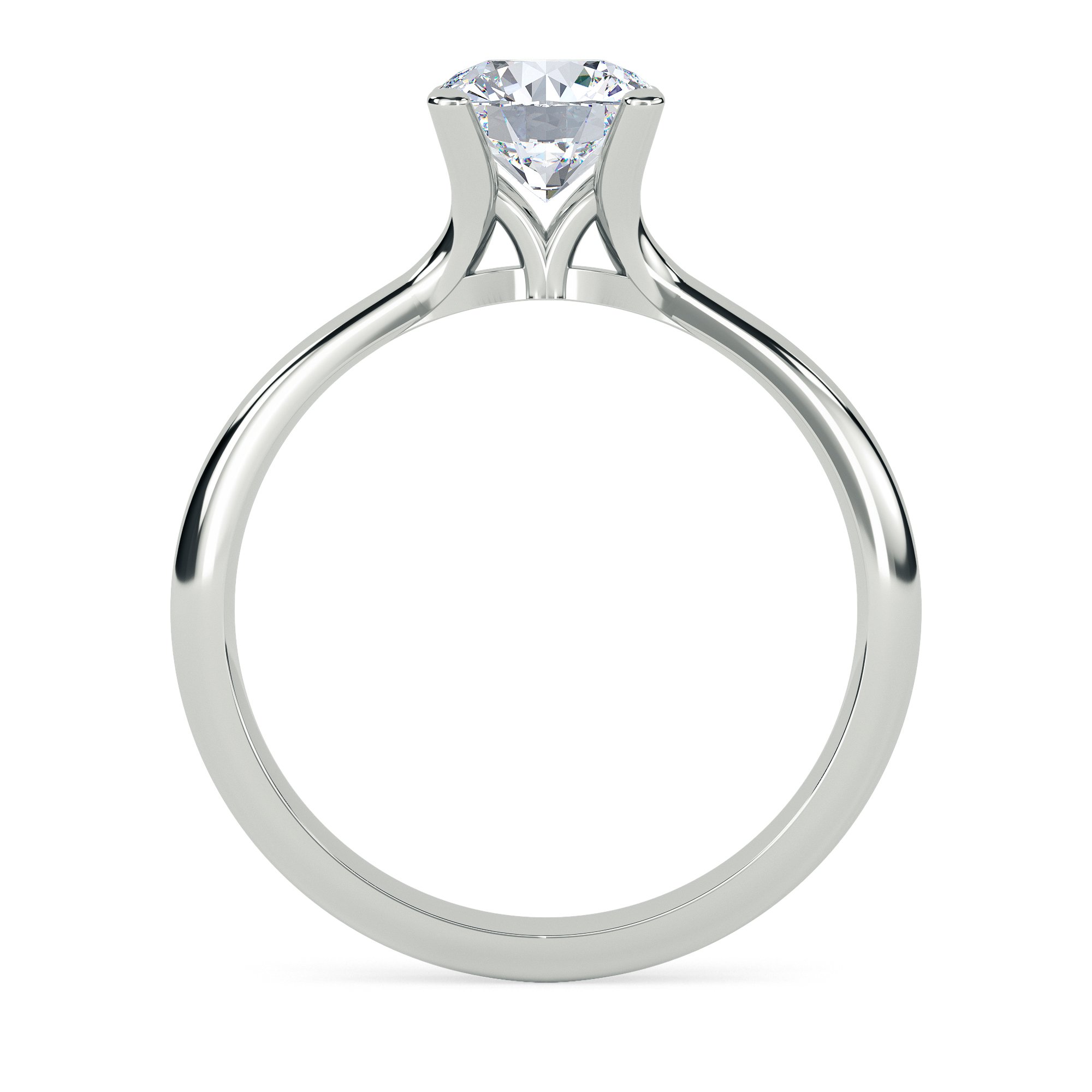
 Twitter
Twitter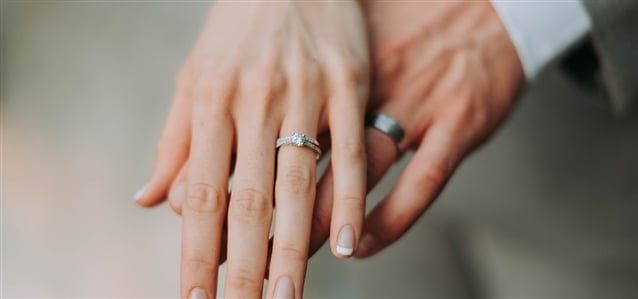
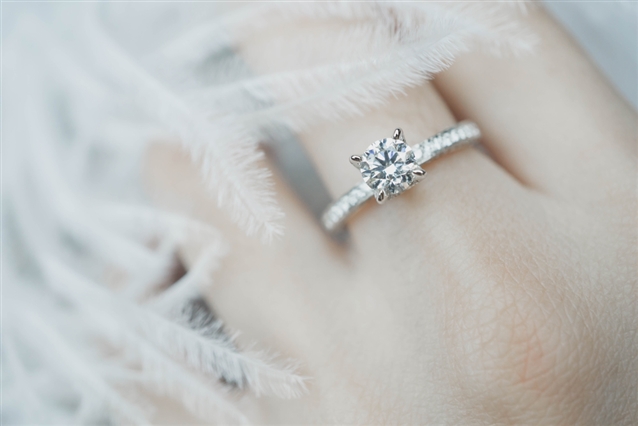 Understanding Diamond Certifications - The History of the GIA Scale
Understanding Diamond Certifications - The History of the GIA Scale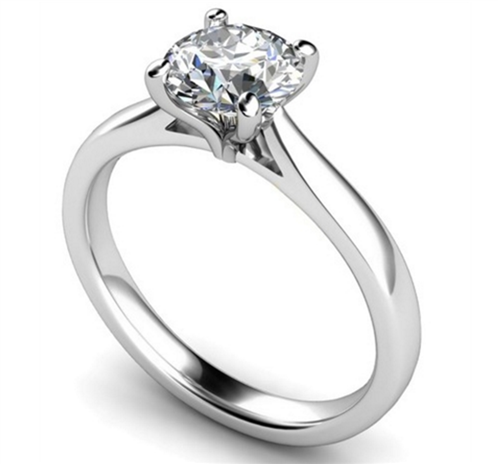 How to Tell if a Diamond is Fake?
How to Tell if a Diamond is Fake?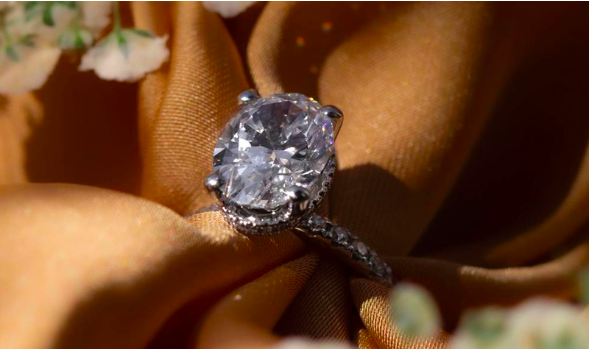 Exploring the Differences between Lab Diamonds and Natural Diamonds
Exploring the Differences between Lab Diamonds and Natural Diamonds